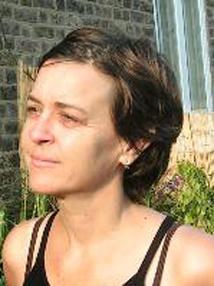BibTex format
@article{Silhol:2021:10.1097/QAI.0000000000002743,
author = {Silhol, R and Coupland, H and Baggaley, R and Miller, L and Staadegaard, L and Gottlieb, S and Stannah, J and Turner, K and Vickerman, P and Hayes, R and Mayaud, P and Looker, K and Boily, M-C},
doi = {10.1097/QAI.0000000000002743},
journal = {JAIDS: Journal of Acquired Immune Deficiency Syndromes},
pages = {19--30},
title = {What is the burden of heterosexually-acquired HIV due to HSV-2? Global and regional model-based estimates of the proportion and number of HIV infections attributable to HSV-2 infection},
url = {http://dx.doi.org/10.1097/QAI.0000000000002743},
volume = {88},
year = {2021}
}

